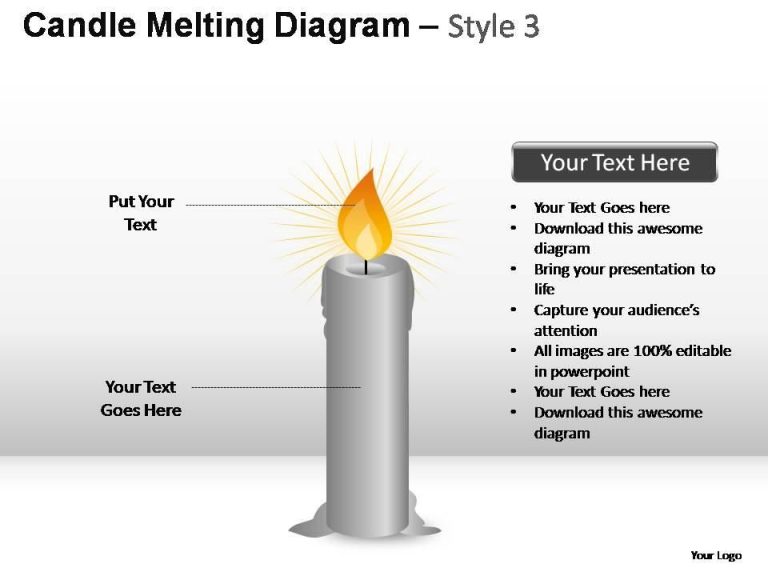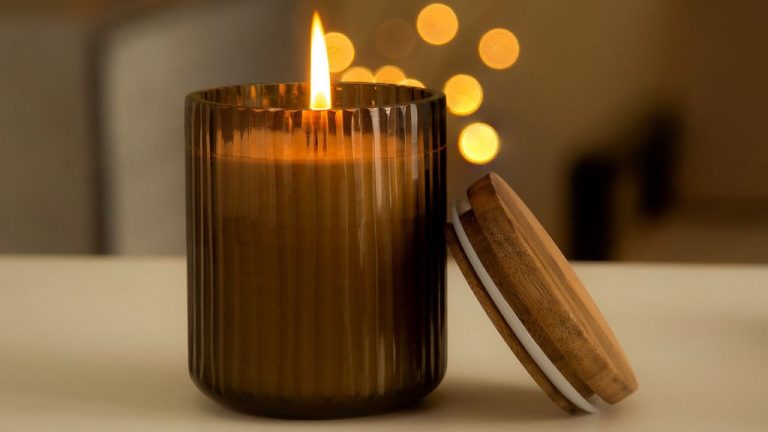How Much Heat Does A Candle Give Off?
Candles are such a common part of daily life that most people rarely stop to think about how much heat they actually produce. But understanding candle heat output is important for both practical and scientific reasons. Knowing how hot candles burn allows people to use them safely and effectively for lighting, ambiance, emergencies, and other purposes. Examining candle heat also provides insights into combustion, energy transformation, and heat transfer. This article will analyze various factors that determine the amount of heat generated by a burning candle. It will provide typical heat output ranges for standard candles and compare that to other heat sources. The goal is to leave readers with a clear understanding of how much heat candles emit so they can use that information in their daily lives.
What Generates Heat in a Candle
When a candle burns, a chemical reaction takes place that generates heat. This reaction involves the candle wax (fuel) and the wick (initiator). As the wick burns, it vaporizes the hydrocarbons in the wax through a process called pyrolysis. This turns the wax into a hot gas mixture around the wick.
The vaporized wax molecules then rise up and mix with oxygen in the air above the wick. When this fuel/oxygen mixture ignites, it produces a flame above the wick through the process of combustion. The flame provides the activation energy to keep the chemical reaction going.
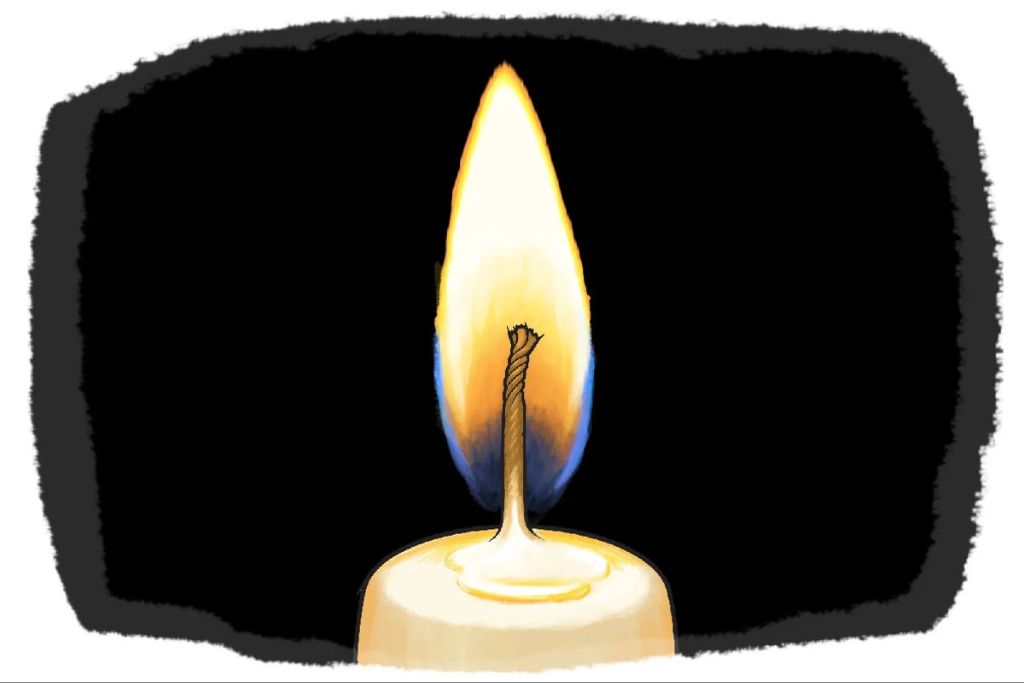
During combustion, the hydrocarbon molecules in the wax combine with oxygen to form new molecules like carbon dioxide and water vapor. This exothermic reaction gives off heat as a byproduct, which warms the surrounding air. The majority of the heat from a burning candle comes from the hot carbon dioxide and water vapor given off in the flame.
Therefore, the chemical reaction between the wax fuel and oxygen generates the heat that makes candles useful for lighting and warming.
Measuring Heat Output
Heat output from candles can be measured in several units, including BTUs (British Thermal Units), joules, watts, and calories. Some common methods and instruments used to measure candle heat output include:
Weighing the candle as it burns to estimate the mass loss per second, then calculating the heat energy based on the chemical energy of wax (https://protonsforbreakfast.wordpress.com/2013/11/05/candle-mass-and-candle-power/). This provides a measure of heat output in joules.
Using a calorimeter to measure the temperature increase of a known mass of water over time as heat is transferred from the candle flame. This can provide a measure of heat output in calories or joules.
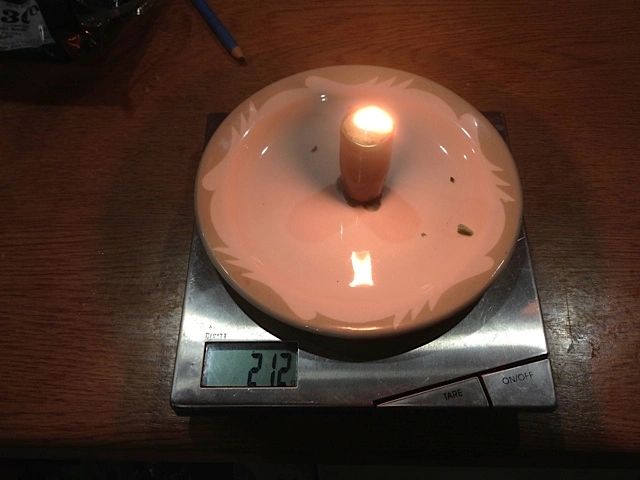
Measuring the temperature of the candle flame using a thermocouple. Typical candle flame temperatures range from 1000-1400°C (https://www.quora.com/How-much-heat-does-a-candle-produce). This can be used along with the flame size to estimate heat output in watts.
Using a heat flux sensor to directly measure the radiant heat flux from a candle. This provides a measure of heat output in watts/cm^2 that can be integrated over the flame area to determine total heat output in watts.
Factors Affecting Heat Output
There are several key factors that affect how much heat a candle emits:
Wax composition – The type of wax used in a candle affects its melting point and flammability, which impacts heat output. Beeswax, soy wax, paraffin wax, and other waxes burn at different temperatures. According to Candle Science, paraffin wax candles tend to burn hotter than soy and beeswax.
Wick type and size – Thicker wicks and certain wick materials like cotton burn hotter and produce taller flames. According to Quora, a larger wick creates more heat as more wax can be drawn up to fuel the flame.
Flame size – Larger flame sizes generate more heat. Longer, taller flames that fully engulf the wick produce the most heat energy.
Air drafts – Air currents that blow near the candle flame will disrupt combustion and heat output. Shielding candles from drafts allows for a fuller, hotter flame.
Candle size/burn area – Larger candles like pillars or containers with more surface area emit more total heat as there is more wax burning.
Typical Heat Output Ranges
The heat output of a candle can vary greatly depending on the size and type of candle. Here’s some data on the typical BTU/hour output for common candle types:
According to this forum discussion, a standard votive or tea light candle puts out around 30-50 BTUs per hour. Small votive candles and tea lights are quite small, usually 1-2 inches tall and 0.5-1 inches in diameter.
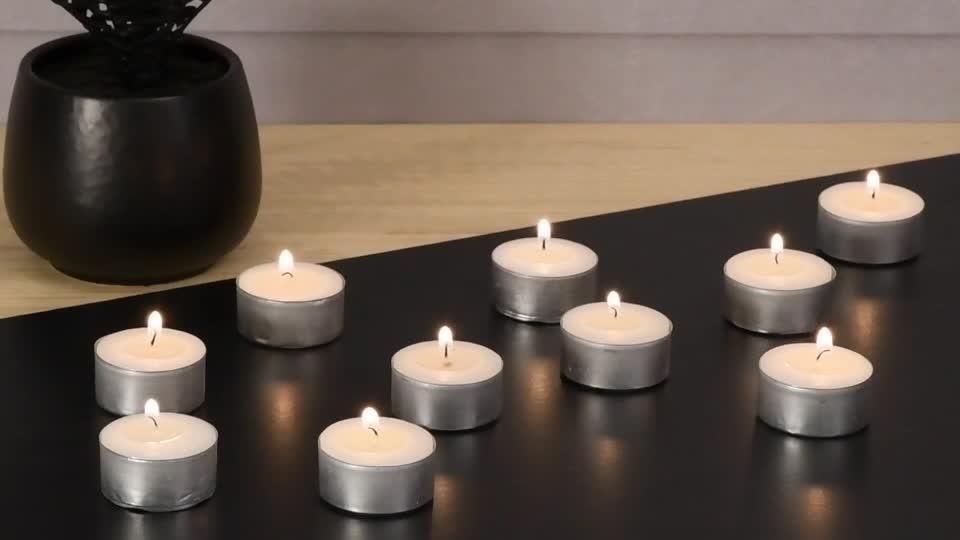
For a larger pillar candle, around 3-4 inches in diameter and 6 inches tall, the heat output is around 300-800 BTUs per hour according to this Quora post. Pillar candles are the tallest and widest consumer candles.
Extra large pillar candles can be over 5 inches in diameter and 12 inches tall. These may produce upwards of 1000-2000 BTUs per hour as indicated in this HVAC forum discussion. However, giant candles over 1 ft tall are not very common.
So in summary, typical candle heat output ranges from around 30 BTU/hr for a small tea light, 300-800 for a large pillar candle, up to ~2000 BTU/hr for extra giant candles.
Comparisons to Other Heat Sources
When comparing the heat output of a candle to other common heating methods, it’s clear candles produce significantly less heat. According to the Prepared, a standard tea light candle produces around 80 BTU (British Thermal Units) of heat energy. Meanwhile, a small space heater may output anywhere from 5,000-10,000 BTU. Even a modest fireplace produces around 10,000-30,000 BTU depending on its size and the wood used.
To put this in perspective, heating a 100 square foot room effectively requires about 4,500 BTU. This would take over 50 tea light candles burning simultaneously. A small space heater could heat the same room using less than half its maximum output. Candles are vastly outmatched when it comes to heating enclosed spaces quickly and efficiently.
However, candles do have their uses for providing supplemental heat. Placing a candle near your body can provide a moderate amount of radiant warmth. But for whole room heating, they cannot compete with most other heat sources in terms of raw heating power. Tea light candles are best thought of as a backup option when no other heat source is available.
Maximizing/Minimizing Heat
There are a few simple ways to adjust the amount of heat output from a candle if desired. According to this source, using a larger candle or multiple candles in the same space will generate more heat. The size of the wick also impacts heat production—a larger wick will produce a bigger flame and release more heat. Placing candles closer together can combine and concentrate the heat. Using candles specifically marketed as high-heat can also maximize warmth.
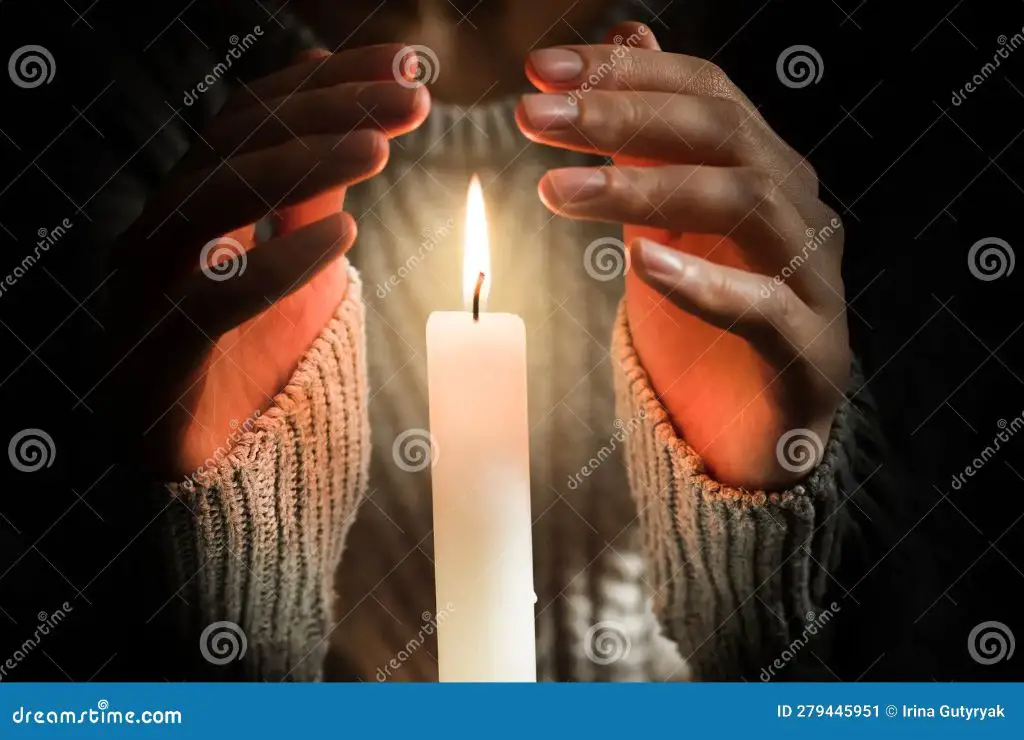
On the other hand, snuffing out the flame periodically can lower the heat output over time. Moving the candle to a larger space dissipates the heat more. Smaller candles or shorter, trimmed wicks produce less intense flames and less ambient heat. Choosing candles made from natural waxes, which burn cooler than paraffin, can minimize heat production as well.
Safety Considerations
When burning candles, there are some important safety considerations to keep in mind, especially around fire hazards. According to https://www.rent.com/blog/fire-safety-tips-for-burning-candles/, it’s critical to watch the candle at all times, keep it on a sturdy, non-flammable surface, remove any nearby combustible materials, and keep it out of reach of children and pets. Candles should never be left unattended. It’s also wise to trim the wick to 1⁄4 inch before lighting to avoid excess smoke and sooting.
Proper ventilation is also key when burning candles. Smoke and combustion byproducts should be allowed to dissipate, so avoid burning candles in small, enclosed spaces. Open a window or use a fan to circulate fresh air. Limit burn times to 4 hours or less, and allow candles to cool completely before relighting. Avoid burning too many candles at once in a single area.
In summary, exercise caution with open flames, supervise candles continuously, and provide adequate ventilation. Follow basic fire safety protocols like having a fire extinguisher and smoke detectors on hand. With some simple precautions, candles can be enjoyed safely.
Other Uses of Candle Heat
Candles generate heat that can be used for purposes beyond just lighting. Some common uses of a candle’s heat output include:
Melting wax – Candlemakers often use a small candle flame to melt down old candle wax so it can be reused in new candles. The flame provides localized heat to efficiently melt wax.
Warming hands – During cold weather, cupping your hands around a candle flame can provide some warmth to frigid fingers and hands. This radiant heat emanating from the flame can be soothing.
Heating a small space – While not sufficient to heat an entire room, a candle can provide a small zone of warmth. Placing a candle near where you are sitting can modestly increase the ambient temperature.
Cooking/boiling water – In survival situations, a candle’s heat output can be used to boil small amounts of water or cook very small portions of food.
Incense burning – The flame can light incense sticks or cones, with the heat helping to disperse aromatic smoke.
Fire starting – Focused heat from a candle can help ignite tinder when building a campfire or fireplace fire by allowing the tinder to more easily reach its ignition point.
Candle heat has many uses beyond illuminating a space. With some creativity, the generated warmth can be harnessed for various purposes.
Conclusion
In conclusion, understanding how much heat a candle emits can be useful for a variety of applications. Candles can be a source of supplemental heat, but knowing their limits is important. Their heat output depends on several factors like wax composition, wick size, flame size, air circulation, and more. With common household candles, heat ranges are fairly small, from around 80-150 BTUs per hour. Compared to other heat sources, this shows candles generate minimal heat. While candles are not sufficient for heating an entire room, they can provide a meaningful heat source in small, confined spaces if used properly. When using candles for heat, proper safety precautions are essential as well. With an understanding of how candle heat works, they can be used effectively and safely.


